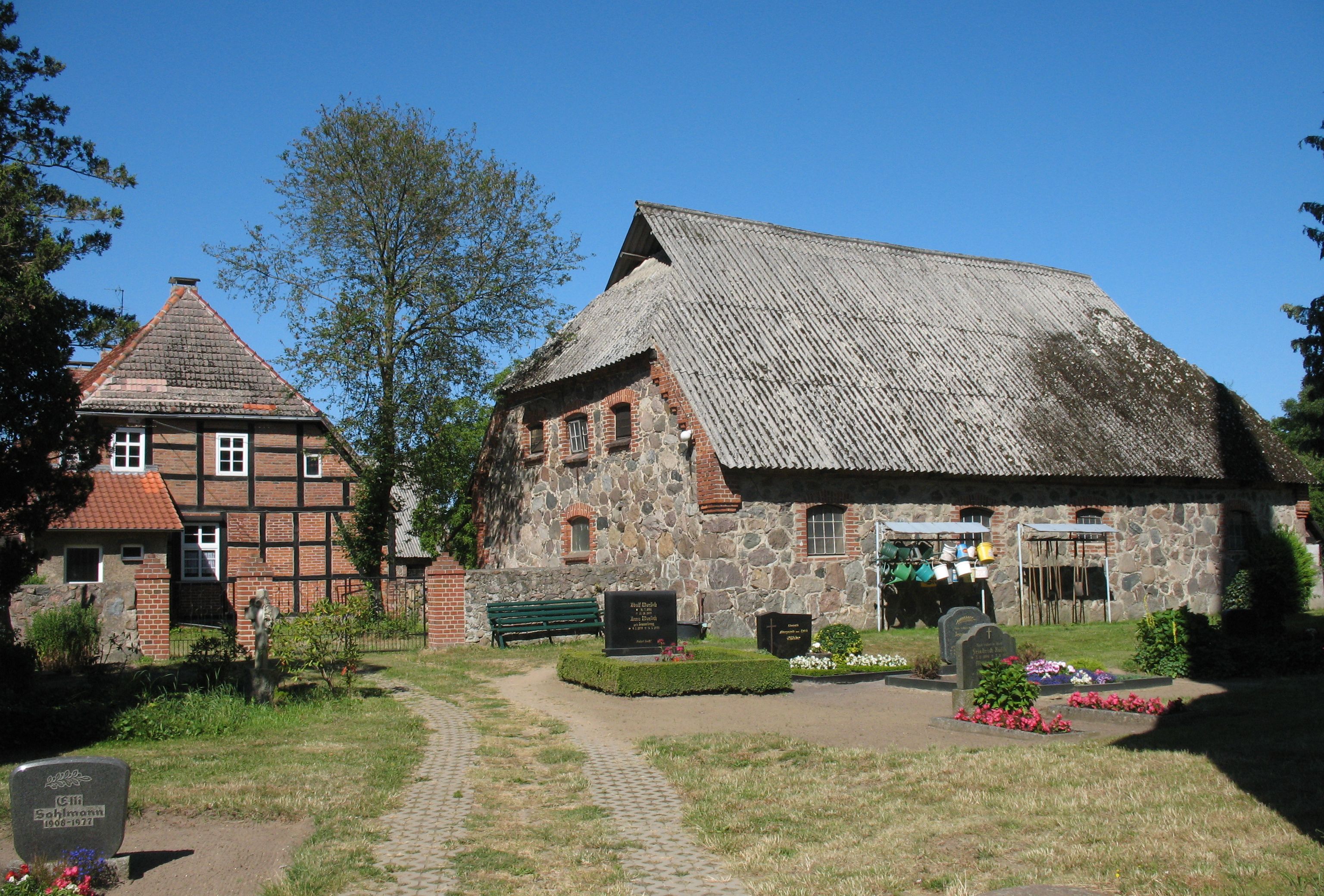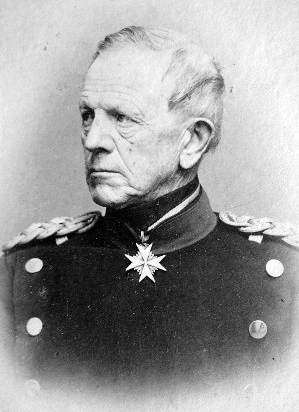|
Bundesautobahn 24
is an autobahn in northern Germany that connects the large metropolitan regions of Hamburg and Berlin. It was one of the three transit access roads to West Berlin during the Cold War. On that road, there is a 150 km (93 mi) long section that has no speed limit at all (only a recommended speed of 130 km/h), which means that about 65% of that Autobahn can be driven at very high speed. History Planning for the autobahn began as far back as the 1930s; before World War II numerous bridges and sections of roadside shoulder were built between Hamburg and Berlin. The German divide, however, put a hold on further work and it was not until 1978 that construction was resumed, carried out by a GDR work force and paid for by West Germany. In 1982 the A 24 could finally be opened. Most pre-war bridges could not be used, however, and were replaced by new structures. Exit list Pictures image:Autobahn 24 Dreieck Schwerin.jpg, Aut ... [...More Info...] [...Related Items...] OR: [Wikipedia] [Google] [Baidu] |
Hamburg
(male), (female) en, Hamburger(s), Hamburgian(s) , timezone1 = Central (CET) , utc_offset1 = +1 , timezone1_DST = Central (CEST) , utc_offset1_DST = +2 , postal_code_type = Postal code(s) , postal_code = 20001–21149, 22001–22769 , area_code_type = Area code(s) , area_code = 040 , registration_plate = , blank_name_sec1 = GRP (nominal) , blank_info_sec1 = €123 billion (2019) , blank1_name_sec1 = GRP per capita , blank1_info_sec1 = €67,000 (2019) , blank1_name_sec2 = HDI (2018) , blank1_info_sec2 = 0.976 · 1st of 16 , iso_code = DE-HH , blank_name_sec2 = NUTS Region , blank_info_sec2 = DE6 , website = , footnotes ... [...More Info...] [...Related Items...] OR: [Wikipedia] [Google] [Baidu] |
Witzhave
Witzhave () is a municipality in the district of Stormarn, in Schleswig-Holstein, Germany Germany,, officially the Federal Republic of Germany, is a country in Central Europe. It is the second most populous country in Europe after Russia, and the most populous member state of the European Union. Germany is situated betwe .... References Stormarn (district) {{Stormarn-geo-stub ... [...More Info...] [...Related Items...] OR: [Wikipedia] [Google] [Baidu] |
Suckow
Suckow is a village and a former municipality in the Ludwigslust-Parchim district, in Mecklenburg-Vorpommern, Germany Germany,, officially the Federal Republic of Germany, is a country in Central Europe. It is the second most populous country in Europe after Russia, and the most populous member state of the European Union. Germany is situated betwe .... Since January 2019, it is part of the new municipality Ruhner Berge. References Ludwigslust-Parchim Former municipalities in Mecklenburg-Western Pomerania {{LudwigslustParchim-geo-stub ... [...More Info...] [...Related Items...] OR: [Wikipedia] [Google] [Baidu] |
Parchim
Parchim (; Mecklenburgisch: ''Parchen'') is a town in Mecklenburg-Vorpommern, Germany. It is the capital of the Ludwigslust-Parchim district. It was the birthplace of Helmuth von Moltke the Elder, to whom a monument was erected in 1876. Founded about 1210, it was the seat of the short-lived Lordship of Parchim-Richenberg, a partition of the Duchy of Mecklenburg, from 1226 until 1248 when the lord relocated to Richenberg. Parchim was absorbed into the Lordship of Werle in 1255. In 1277 Werle was partitioned and Parchim became the seat of Werle-Parchim until it was reunited with Werle-Güstrow in 1307. One branch of the family of the duke of Mecklenburg resided in Parchim during part of the 14th century. It became a prosperous industrial town during the 16th century, but this prosperity was destroyed by the Thirty Years' War. Image:Parchim_town_hall_W.jpg, Image:Parchim_town_hall_S.jpg, Population development * 1648 – 1,300 * 1789 – 4,000 * 1830 – 5,800 * 1850 – 6, ... [...More Info...] [...Related Items...] OR: [Wikipedia] [Google] [Baidu] |
Stolpe (Mecklenburg)
Stolpe is a municipality in the Ludwigslust-Parchim district, in Mecklenburg-Vorpommern, Germany Germany,, officially the Federal Republic of Germany, is a country in Central Europe. It is the second most populous country in Europe after Russia, and the most populous member state of the European Union. Germany is situated betwe .... References Ludwigslust-Parchim {{LudwigslustParchim-geo-stub ... [...More Info...] [...Related Items...] OR: [Wikipedia] [Google] [Baidu] |
Neustadt-Glewe
Neustadt-Glewe is a German town, in Mecklenburg-Western Pomerania, in the district of Ludwigslust-Parchim. History Neustadt-Glewe was mentioned for the first time in a document in 1248. Hans Axel Holm, a Swedish writer and journalist, documented life in Neustadt-Glewe in the late 1960s when it was part of the German Democratic Republic. In his book ''The Other Germans: Report From an East German Town'', Holm documented various aspects of everyday life in the GDR, such as being an adult who worked at a VEB (industrial state-owned enterprise) or at an LPG (collective farm); being a child or teen going to school and participating in the FDJ (youth organization); being a soldier in the NVA (army); the GDR's relationship with the Soviets, including tensions within the Eastern Bloc and the threat of Soviet interventions; recreation; housing; socialist ideology and administration; the Nazi era and its consequences; interaction with West Germans, including the themes of who left the ... [...More Info...] [...Related Items...] OR: [Wikipedia] [Google] [Baidu] |
Schwerin
Schwerin (; Mecklenburgisch dialect, Mecklenburgian Low German: ''Swerin''; Latin: ''Suerina'', ''Suerinum'') is the Capital city, capital and List of cities and towns in Germany, second-largest city of the northeastern States of Germany, German state of Mecklenburg-Vorpommern as well as of the region of Mecklenburg, after Rostock. It has around 96,000 inhabitants, and is thus the least populous of all German state capitals. Schwerin is located on the southwestern shore of Lake Schwerin (''Schweriner See''), the second-largest lake of the Mecklenburg Lake Plateau after the Müritz, and there are eleven other lakes within Schwerin's city limits. The city is surrounded by the district of Nordwestmecklenburg, Northwestern Mecklenburg to the north, and the district of Ludwigslust-Parchim to the south. Schwerin and the two surrounding districts form the eastern outskirts of the Hamburg Metropolitan Region. The name of the city is of Polabian Slavs, Slavic origin, deriving from the root ... [...More Info...] [...Related Items...] OR: [Wikipedia] [Google] [Baidu] |
Ludwigslust
Ludwigslust () is a central castle town of Mecklenburg-Vorpommern, Germany, 40 km south of Schwerin. Since 2011 it has been part of the Ludwigslust-Parchim district. Ludwigslust is part of the Hamburg Metropolitan Region. The former royal residential town is known for its rich heritage, especially the famed Ludwigslust Palace, known as ''Versailles of the North''. History In 1724 Prince Ludwig, the son of Frederick, Duke of Mecklenburg, decided to build a hunting lodge near a small hamlet called Klenow. Later, after his succession to the Dukedom, this became his favourite residence and he named it accordingly ''Ludwigslust'' ("Ludwig's pleasure/desire"). In 1765 Ludwigslust became the capital of the duchy in place of Schwerin. The town was enlarged by a residential palace (the castle). This situation continued until 1837, when Grand Duke Paul Friedrich returned the capital status to Schwerin. The Wöbbelin concentration camp—sometimes referred to as ''Ludwigslust c ... [...More Info...] [...Related Items...] OR: [Wikipedia] [Google] [Baidu] |
Hagenow
Hagenow () is a German town in the southwest of Mecklenburg-Western Pomerania, in the district of Ludwigslust-Parchim, 30 kilometers south of Schwerin. Its population is approximately 11,300 inhabitants (2013). Hagenow is part of the Hamburg Metropolitan Region. Sights and monuments * Renovated old town, particularly along Lange Straße and Lindenplatz. * Stadtkirche, built in 1875-1879 in Neo-Gothic style. * Stadtmuseum (City Museum), located in an eighteenth-century half-timbered house. * Städtischer Wasserturm Hagenow (watertower), 28 meters high, erected between 1905-1908 with Neo-Gothic windows. In 1938 the Luftwaffe commissioned the refurbishment of the tower. Old synagogue The ''Alte Synagoge'' or ''Hanna-Meinungen-Haus'' (old synagogue) is a former synagogue in the old town of Hagenow. Hirsch Samuel Meinungen purchased the plot in 1820, with the intention of building a synagogue for the then 80 person strong Jewish community in Hagenow. In 1828 the architectural comple ... [...More Info...] [...Related Items...] OR: [Wikipedia] [Google] [Baidu] |
Wittenburg
Wittenburg () is a town in the district Ludwigslust-Parchim in Mecklenburg-Vorpommern, Germany. Population 6,092, area 80.0 km². Wittenburg has been the seat of the Amt of Wittenburg since January 2004. It is in the west of Mecklenburg-Vorpommern and lies on the little river Motel. The settlements of Helm, Klein Wolde, Wölzow, Lehsen, Körchow and Ziggelmark are part of Wittenburg. At the beginning of the 12th century, Wittenburg belonged to the territory of the Polaben Obotrites. Wittenburg was first mentioned in 1154 and gained town privileges in 1230. Number of inhabitants Notable people * Harald Ringstorff (born 1939), politician (SPD) Gallery Image:Wittenburg church.jpg, St. Bartholomew's church File:Wittenburg tower.jpg, Tower of town wall File:Wittenburg Amtsberg.jpg, File:Wittenburg Stadtmauer Wallstr.jpg, Town wall File:Wittenburg Toitenwinkel 4.jpg, Timber framing File:Wittenburg Gluecksfaenger.jpg, Sculpture on market square File:Wittenburg Motel bri ... [...More Info...] [...Related Items...] OR: [Wikipedia] [Google] [Baidu] |
Zarrentin
Zarrentin am Schaalsee, until 2004 simply Zarrentin, is a town in the Ludwigslust-Parchim district, in Mecklenburg-Western Pomerania, Germany. It is situated on the Schaalsee lake, 19 km southeast of Ratzeburg, and 34 km west of Schwerin. History In the 11th century, the Slavic settlement of ''Zarnethin'' was at Zarrentin. It could translate vaguely to ''"place of evil"'' or ''"black site"'', indicating a former ritual place. In 1139/1143 the place was reigned by Henry of Badewide, a Saxon count. From the late 12th century on, many Germans settled here. The ''Ratzeburger Zehntregister'' mentions the place in 1230. The Zarrentin Abbey was founded in 1246 and dissolved in 1552. Parts of the building remain until today. When the town was connected to train tracks in 1896 via the Hagenow Land–Bad Oldesloe railway, it grew larger and became home to various factories (for barrels, potato fabrication, a lime kiln), and construction entrepreneurs, corn and cattle deal ... [...More Info...] [...Related Items...] OR: [Wikipedia] [Google] [Baidu] |
Schaalsee
Schaalsee is a lake in Germany. It forms part of the border between Schleswig-Holstein (district Herzogtum Lauenburg) and Mecklenburg-Vorpommern (districts Ludwigslust-Parchim and Nordwestmecklenburg). The town of Zarrentin is located on its southern shores. Other municipalities on the lake are Seedorf, Lauenburg, Seedorf, Sterley, Salem, Schleswig-Holstein, Salem, Kittlitz, Lauenburg, Kittlitz and Kneese. It was declared a Schaalsee Biosphere Reserve, biosphere reserve in 2000 (309 km2). External links Schaalsee-Elbe Biosphere Reserve* Agroforstprojekt am Schaalsee Biosphere reserves of Germany Lakes of Schleswig-Holstein Nature reserves in Schleswig-Holstein Sude basin, LSchaalsee {{Europe-protected-area-stub ... [...More Info...] [...Related Items...] OR: [Wikipedia] [Google] [Baidu] |







